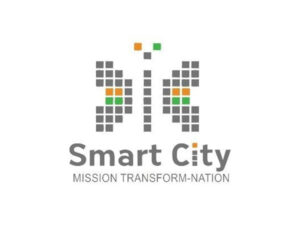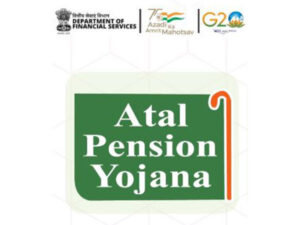By 2030, 74% Indians will have subscriptions to 5G telecom services: Ericsson report
New Delhi [India], November 26 (ANI): The 5G (fifth generation) subscriptions in India are projected to reach approximately 970 million by the end of 2030, accounting for 74 per cent of mobile subscriptions, according to the Ericsson Mobility Report.
The report stated that 5G subscriptions in India are expected to surpass 270 million by the end of 2024, representing 23 per cent of the total mobile subscriptions.
However, the report noted that 4G continues to dominate, currently accounting for 54 per cent of total mobile subscriptions.
Driven by strong 5G adoption, 4G subscriptions are forecast to decline from 640 million in 2024 to 240 million by 2030, contributing around 18 per cent of total mobile subscriptions.
India has achieved large-scale mid-band deployments and is anticipated to reach approximately 95 per cent population coverage by the end of 2024, the report highlighted.
5G services were launched on October 1, 2022, by Prime Minister Narendra Modi at the India Mobile Congress.
The report also noted that the number of smartphone users utilising Generative AI (GenAI) apps is expected to grow significantly over the next five years.
This rapidly expanding category adds to existing use cases such as video calling, streaming, and online payments, for which smartphone users are willing to pay a premium to ensure consistent performance.
Around 67 per cent of 5G smartphone users in India are expected to use GenAI apps weekly within the next five years, according to the Ericsson Mobility Report.
Jasmeet Sethi, Head of ConsumerLab, Ericsson, stated: “The latest comprehensive Ericsson ConsumerLab research indicates that as AI-powered applications become more prevalent, users’ expectations for enhanced 5G connectivity are rising. Young GenAI users are already expressing strong demand for more responsive AI experiences on 5G networks. This signals an opportunity for CSPs to meet this demand through tailored connectivity experiences.”
The findings reflect a rising demand for reliable connectivity in India, with the share of users reporting high satisfaction with 5G connectivity doubling in Tier 3 cities compared to last year, signalling increasing digital inclusivity.
The report also emphasised that 5G deployment in India is likely to shift focus from availability to enhancing user experience at key locations such as stadiums, public transport hubs, airports, and commuting routes.
One in six 5G users is willing to pay 20 per cent more on their current monthly mobile spend for assured connectivity at event venues.
The report further highlighted that AI features are becoming a top priority for Indian smartphone buyers, surpassing traditional factors such as camera quality, screen size, and storage capacity.
India also has twice as many engaged early adopters of AI on smartphones compared to the global average.
This trend underscores the growing importance of AI capabilities in shaping the smartphone experience, driving demand for higher performance from both devices and networks, the report added.
5G is the fifth-generation mobile network, capable of transmitting vast amounts of data at very high speeds. Compared to 3G and 4G, 5G offers significantly lower latency, enhancing user experiences across various sectors. Low latency refers to the efficient processing of large volumes of data with minimal delay.
The large-scale 5G rollout is also expected to accelerate developments in remote data monitoring sectors, including mining, warehousing, telemedicine, and manufacturing, among others.






